
OR
Kashmir’s streets silent as people’s despair and rage grow
Published On: August 9, 2019 11:01 AM NPT By: Associated Press
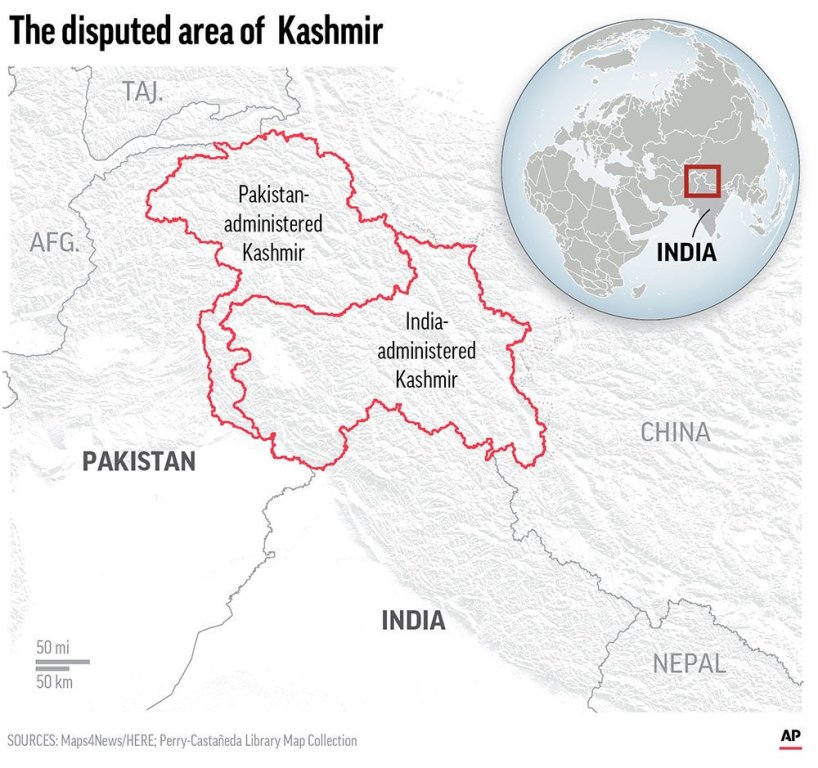
SRINAGAR, India, Aug 9: An unusual silence cloaks the center of the city. Its streets, once teeming with traffic, are dotted with spools of concertina wire, blocking movement. Every road is sealed off.
The population has been forced indoors while thousands of Indian soldiers in camouflage are on patrol, carrying guns at their waists.
Srinagar, the administrative summer capital of Jammu and Kashmir, is a city under siege.
A watershed moment was reached Monday in the disputed and divided region after the Hindu nationalist-led government in New Delhi revoked its special status and stripped it of its statehood.
Thousands of people have been forced indoors, shops and even health clinics were shuttered, and all communications and the internet have been cut off.
The predominantly Muslim region is claimed in its entirety by both India and Pakistan, although both countries only control parts of it. Rebels have been fighting Indian rule for decades in the portion it administers.
In central Srinagar people had to navigate barbed-wire checkpoints to buy necessities or reach hospitals.
Maqbool Mohammad, a haggard man in clothes that hang off his frame, was among the very few walking the debris-strewn streets. The 57-year-old teacher wanted to visit his ailing brother but wasn’t allowed to cross the neighborhood. Indian soldiers directed him to turn around.
“I haven’t seen my cancer-patient brother from last four days. He lives in another neighborhood. I don’t even know if he is alive or dead,” Mohammad lamented.
A collective outpouring of anger threatens to consume the long-troubled region. Still reeling from the shock of India’s surprise move, residents discussed it in hushed tones.
“India cheated us. But now is the time we should fight back,” one was heard saying to a group of people on a road.
For many, India’s decision is a breach of trust and an attack on Kashmir’s identity.
Several residents spoke with The Associated Press anonymously for fear of reprisals from the authorities.
In the days before the announcement in Parliament, the region was locked down. Since then, residents expressed rage and despair, and there is a sense that the region won’t remain quiet for long.
“Once the restrictions are lifted, people will take to the streets. It’s a pressure-cooker situation and it will burst anytime,” said Bashir Ahmad.
This sentiment was echoed by many youths in Srinagar.
“As far as the situation is concerned, the worst is still to come,” said 21-year-old Bilal Rahi.
There have been sporadic reports of protesters throwing stones at Indian soldiers in parts of the region, but no official confirmation.
Officials at Shri Maharaja Hari Singh Hospital in Srinagar told The Associated Press they were restricted by authorities from giving any information to reporters.
However, one doctor who spoke on condition of anonymity because of this restriction said more than 50 people had come in for treatment of wounds from pellet guns, the ammunition that security forces often use to disperse protests. At least 13 of these had injuries to their eyes, the doctor said.
Riyaz Ahmad was lying on a hospital bed, his left eye peppered with small visible holes of iron pellets fired by the Indian forces. The 22-year-old said the troops fired a volley of pellets at him while he was protesting in Srinagar’s Habak neighborhood.
“Everything went dark when I was hit by pellets. I don’t know who brought me to the hospital,” Ahmad said.
He was brought to the hospital on a bicycle by his friends. While on the way, they were stopped by soldiers and beaten.
“They beat us with sticks,” said his friend, Sajad Wani.
Doctors told the AP that Ahmad may have to have an operation to remove the pellets from his eye.
The government has released no figures about civilian injuries during the current crackdown.
Patients who come to Srinagar’s hospitals are stopped and frisked by Indian soldiers at several places. A communication blackout is making things worse.
Many parts of Kashmir remain cut off from Srinagar.
Frequently in Kashmir, the internet gets shut down when authorities merely suspect that protests will occur. They fear demonstrators mobilize via social media. Human rights activists have always questioned the cutoff of the internet, saying it violates the people’s right to information.
For journalists, the shutdown has meant hand-carrying dispatches out of the region.
For families, there is no way to get in touch with their relatives who work or study in different Indian states.
One man was seen rushing toward a TV crew, pleading with them to allow him to call his son in Mumbai. He left disappointed when he was told there was no way they could help him.
A far greater worry, however, is the seething anger among residents. With the Islamic festival of Eid al-Adha on Aug. 12, people might congregate in large numbers in the streets, and many of them fear this could lead to violence.
“If India lets us assemble on Eid, they will see what we can do. We are not going to take this without a fight,” a masked protester in the city said.
Kashmir’s fury at Indian rule is nothing new. Its roots lie in a broken promise of a U.N.-administered referendum guaranteed shortly after India and Pakistan gained independence from Britain in 1947. The nuclear-armed neighbors have been unable to resolve their claims on the mountain territory.
The Indian side has seen several separatist movements since then, including a bloody rebellion that began in 1989 to demand independence or a merger with Pakistan. More than 70,000 people have been killed in the uprising and the subsequent military crackdown.
Many in the region are gearing up for a long period of strife, but others are seeking to leave.
A huge number of migrant workers were seen standing outside Srinagar’s Tourist Reception Center waiting for a chance to get out of Kashmir.
“We are scared and want to save our lives,” said Sampath Kumar, a migrant worker. Hundreds already have left for their homes in northern and eastern India.
You May Like This

Sunny Khuna killed while out to collect his wages
MAHENDRANAGAR, Aug 26: On Friday at around 3 pm, Sunny Khuna and his friend Umesh Khuna of Bhimdatta Municipality-18 in Kanchanpur... Read More...
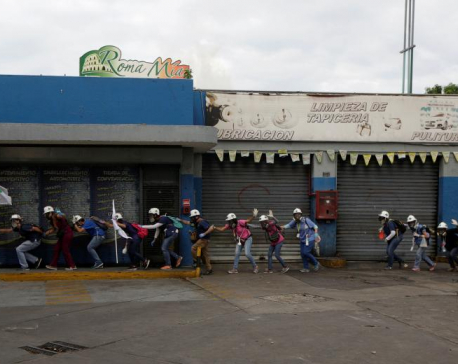
Venezuela unrest death toll rises, Chavez statue destroyed
A 20-year-old Venezuelan protester died on Friday after being shot in the head, authorities said, taking fatalities from a month... Read More...
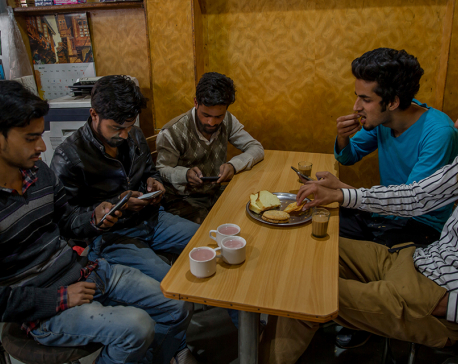
India bans social media sites to quell unrest in Kashmir
SRINAGAR, India, April 27: India's government has banned 22 social media sites in an effort to calm tensions in parts of... Read More...



Just In
- National Development Council meeting underway
- Meeting of Industry, Commerce, Labor and Consumer Welfare Committee being held today
- Nepali announces cricket squad under captaincy of Rohit Paudel for series against West Indies 'A'
- Partly cloudy weather likely in hilly region, other parts of country to remain clear
- Nepal’s Non-resident Ambassador to Italy presents Letter of credence to President of Italy
- 104 houses gutted in fire in Matihani (With Photos)
- By-elections: Silence period starts from today, campaigning prohibited
- A Room of One's Own- Creative Writing Workshop for Queer Youth







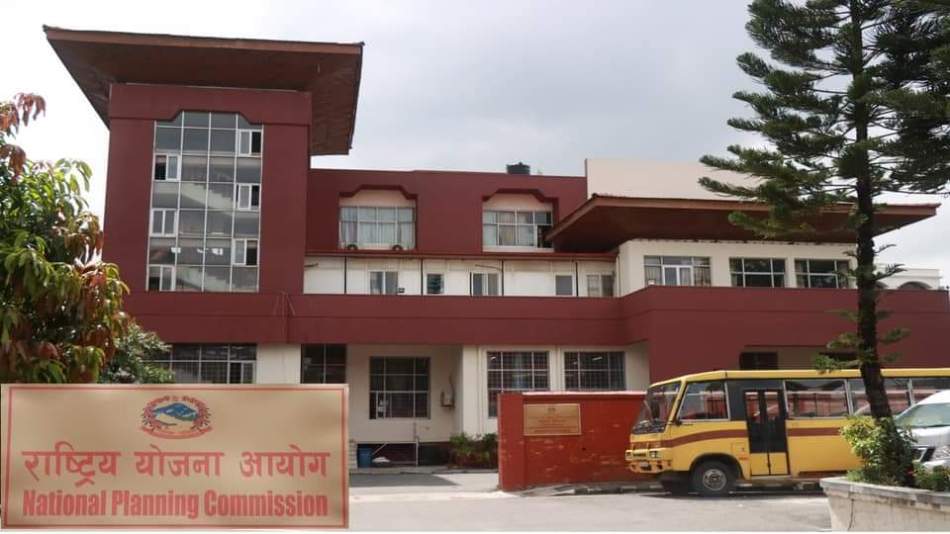
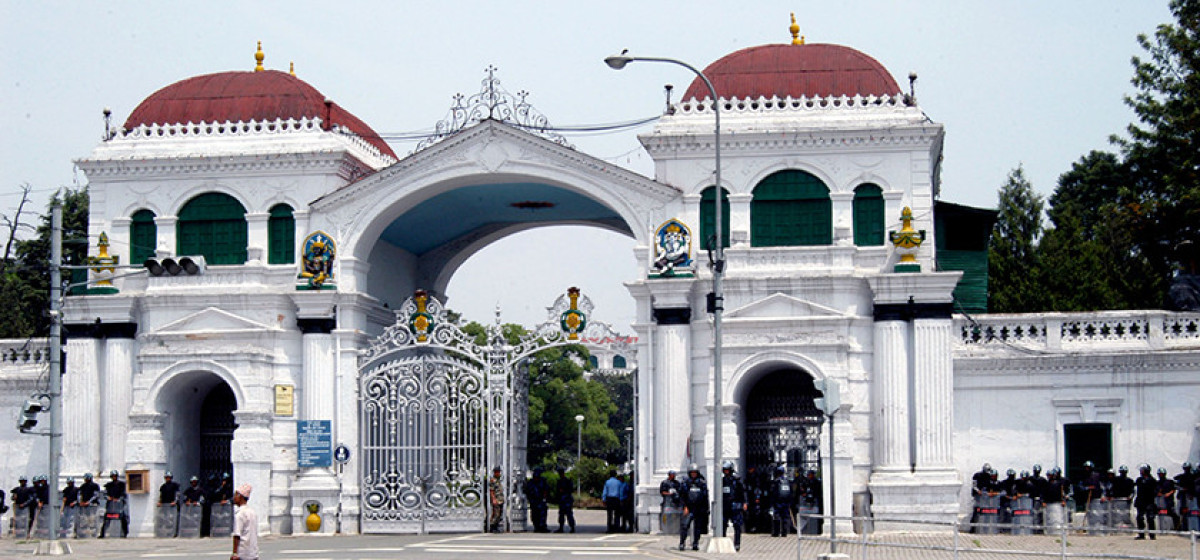

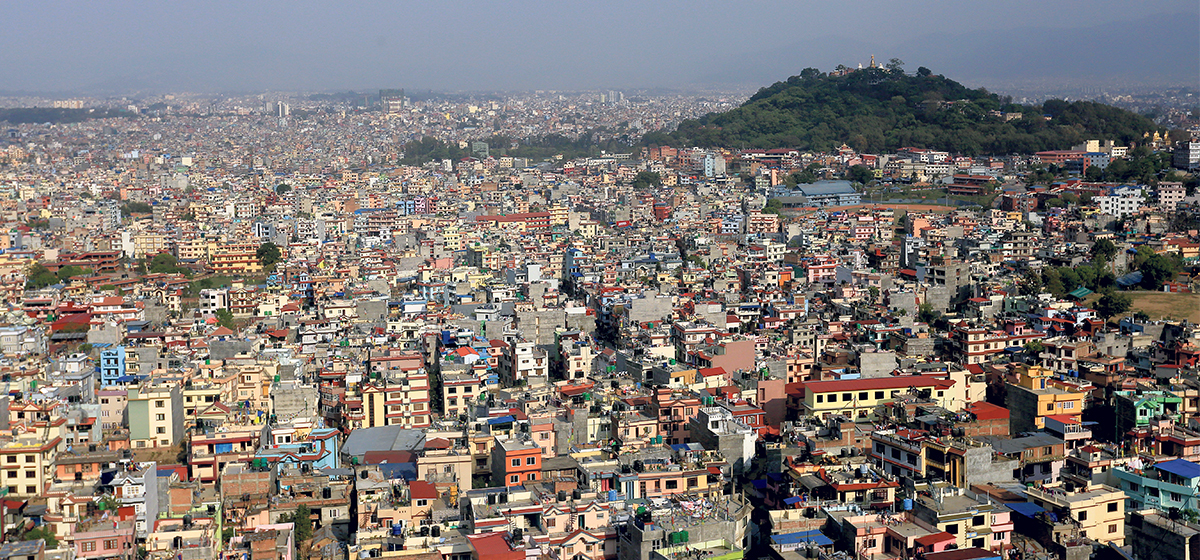
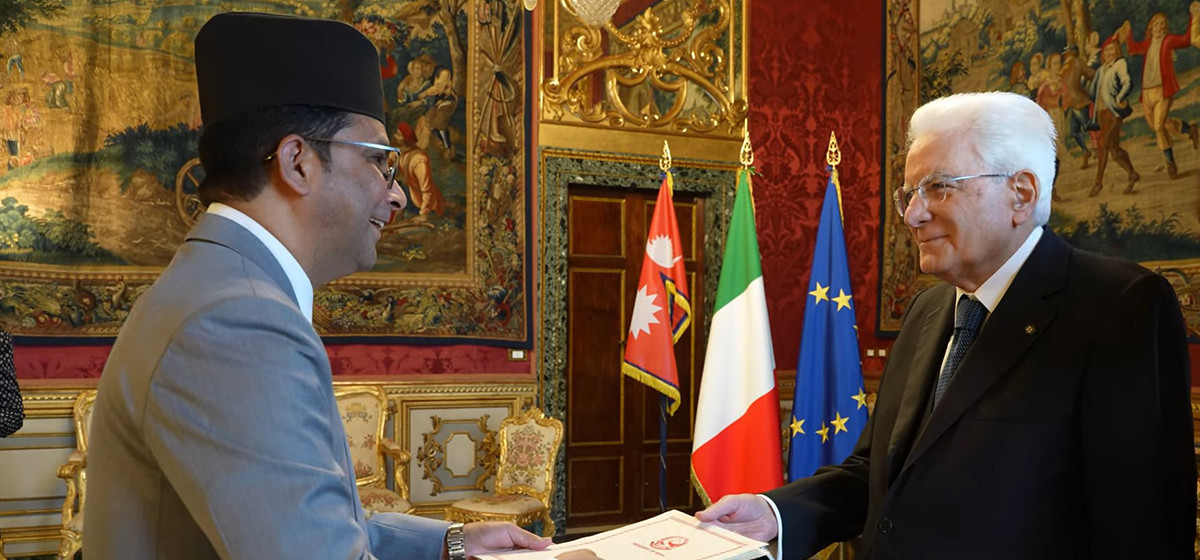
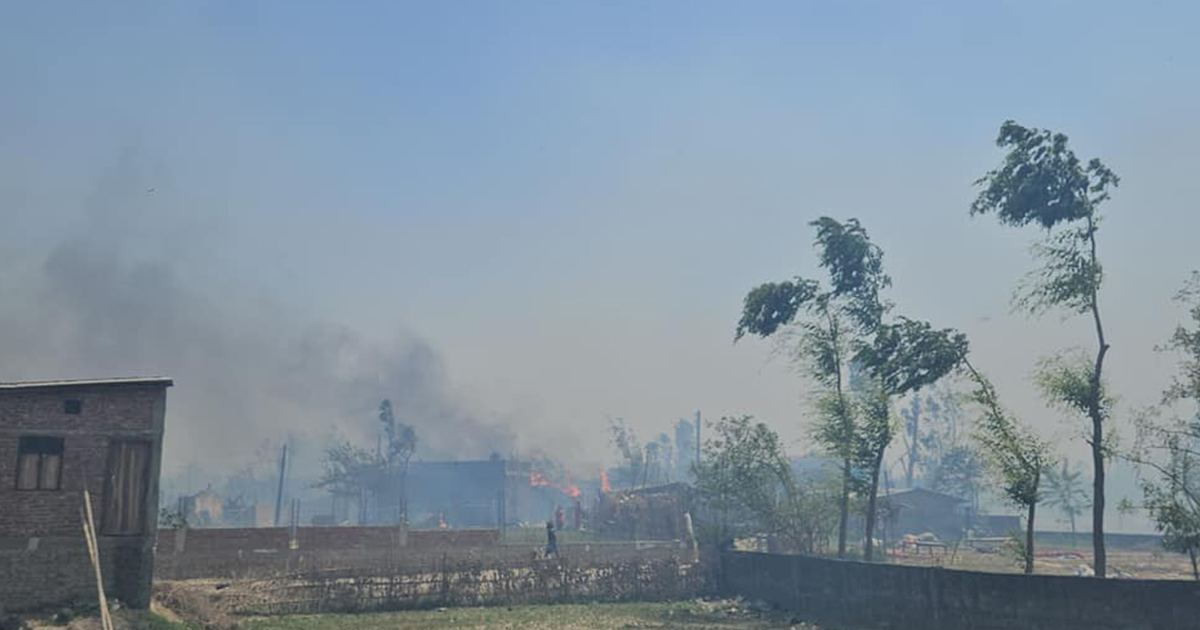

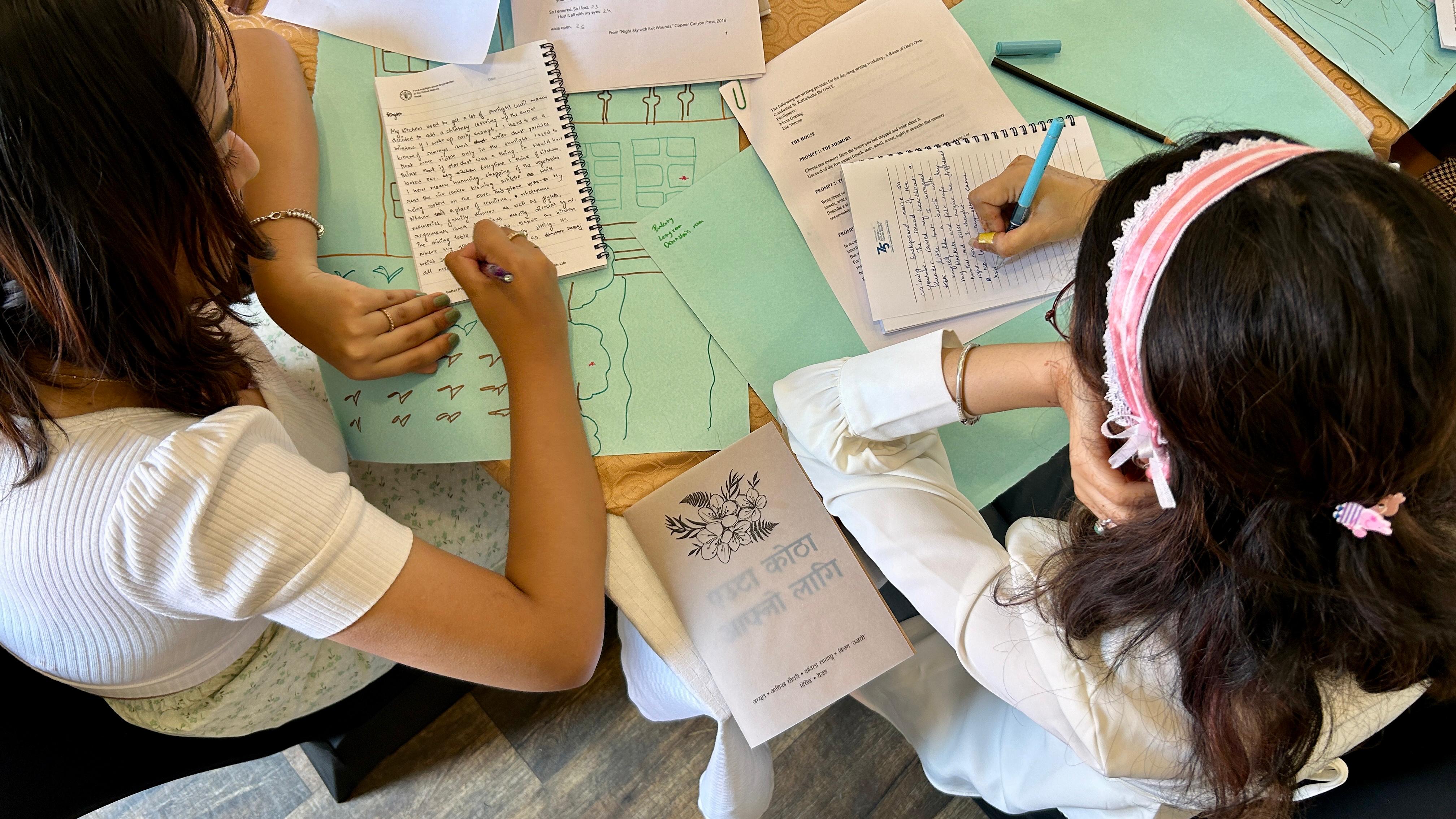
Leave A Comment